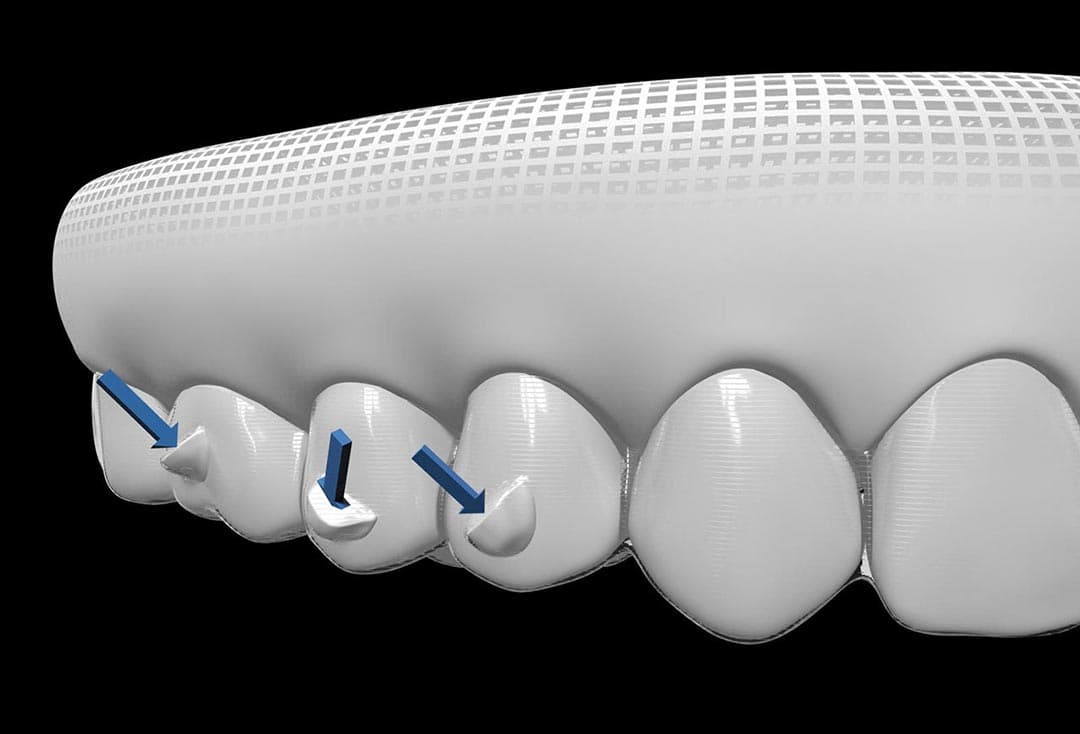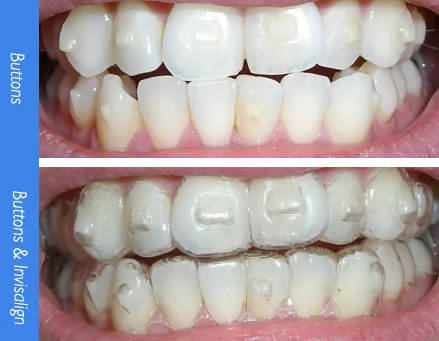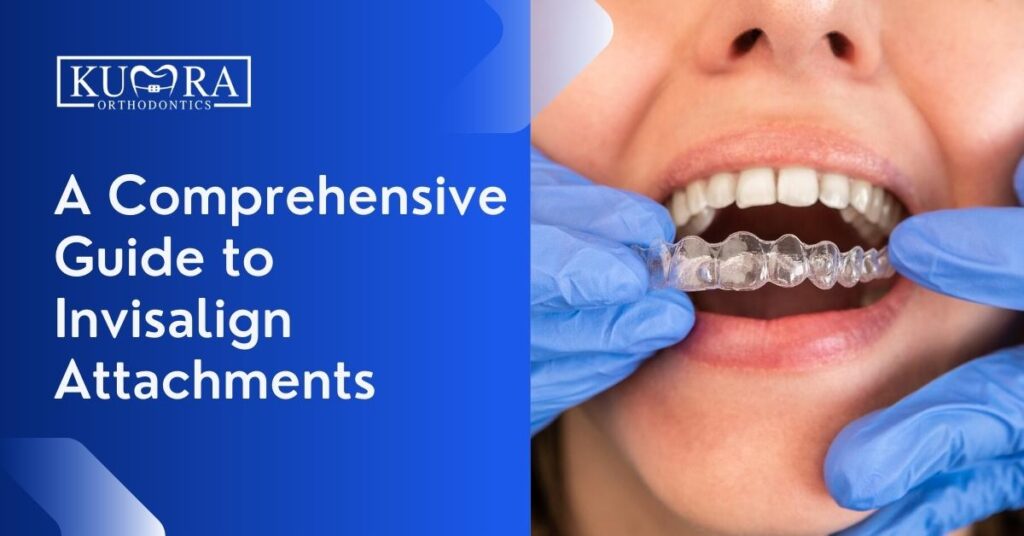Leading Factors to Select Invisalign Over Other Orthodontic Treatments
Leading Factors to Select Invisalign Over Other Orthodontic Treatments
Blog Article
Invisalign vs. Traditional Dental braces: Which Option Is Right for You?
When taking into consideration orthodontic treatment, the choice in between Invisalign and conventional dental braces presents a number of essential variables that merit mindful examination. Invisalign provides a very discreet alternative with detachable aligners, while traditional dental braces offer a much more visible yet efficient option for extreme imbalance.
Review of Treatment Options

In contrast, standard braces consist of metal braces and cables that are bonded to the teeth. This method uses constant pressure in time to attain positioning. While efficient for complex orthodontic issues, typical braces call for normal check outs for modifications and can pose difficulties in keeping dental hygiene because of the trouble of cleaning around cords and brackets.
Both alternatives have their benefits, and the option usually rests on certain oral problems, lifestyle preferences, and individual conformity. Inevitably, consulting an orthodontic professional is vital for determining the most appropriate treatment plan customized to specific needs. Understanding the nuances of each option can considerably influence the overall success of orthodontic therapy.
Aesthetic Considerations
A significant aspect influencing the option between Invisalign and traditional dental braces is the visual appeal each therapy uses. Invisalign aligners are crafted from clear plastic, making them essentially unnoticeable when worn.
On the other hand, conventional dental braces include metal braces and cables, which can be more recognizable. While innovations in orthodontic innovation have actually resulted in the development of smaller sized brackets and tinted elastics, conventional dental braces still maintain an even more noticeable account. For some individuals, the presence of braces might discourage them from seeking essential treatment.
Inevitably, the option between Invisalign and standard braces might depend upon personal choices pertaining to appearances. People who prioritize discretion usually favor Invisalign, while those that are less worried regarding presence may select traditional braces. Recognizing the aesthetic ramifications of each option is crucial for making an informed choice that lines up with one's way of life and choices.
Comfort and Convenience

In regards to benefit, Invisalign aligners are removable, enabling patients to appreciate their favored foods without limitation and preserve optimal dental hygiene. Cleaning and flossing are streamlined, as the aligners can be secured during these regimens, whereas standard braces need mindful navigating around wires and braces.
In contrast, standard dental braces demand routine modifications, making them less practical for those with busy routines. Overall, the convenience and convenience of Invisalign make it an attractive selection for lots of individuals seeking orthodontic therapy.
Treatment Duration and Performance
While both Invisalign and conventional dental braces work in dealing with dental original site misalignments, the period of therapy can vary dramatically between both options. Normally, Invisalign treatment can take anywhere from 12 to 18 months, relying on the complexity of the instance. The clear aligners function by progressively moving teeth right into their desired positions, and routine follow-ups with an orthodontist aid ensure progress stays on the right track.
On the other hand, traditional braces commonly call for a longer dedication, generally ranging from 18 months to three years. This is because of their set nature and the usage of braces and cords, which can be extra effective for extreme misalignments and intricate instances (Invisalign). The therapy efficiency of typical dental braces is well-documented, as they permit for exact changes and higher control over tooth motion
Eventually, the option between Invisalign and conventional braces may rest on both the awaited therapy period Click This Link and the particular dental issues handy. Consulting with an orthodontist is crucial, as they can provide customized referrals based on private requirements, making sure the selected method straightens with wanted timeframes and outcomes.
Cost Contrast and Insurance Policy Choices
Expense plays a significant duty in the decision-making procedure for individuals thinking about orthodontic treatment, whether going with Invisalign or typical dental braces. Typically, the price of Invisalign varieties from $3,000 to $8,000, while conventional dental braces typically set you back between $2,000 and $6,000. Elements affecting these prices include the complexity of the case, the period of treatment, and geographical area.
Insurance policy protection can considerably influence out-of-pocket costs. Several oral insurance coverage strategies supply partial coverage for orthodontic therapies, but the specifics can differ widely. It is crucial for people to evaluate their insurance policy policies to establish the extent of insurance coverage for either option. Generally, typical braces may be much more regularly covered by insurance coverage strategies compared to Invisalign, which some insurance firms categorize as a cosmetic treatment.
In addition, several orthodontic methods supply adaptable repayment plans, making both therapy alternatives extra accessible. Patients should inquire regarding possible funding options and price cuts for in advance repayments. Assessing the overall cost, including insurance policy benefits and layaway plan, is necessary for making a notified decision that aligns with both visual choices and budget considerations.

Verdict
In recap, the selection in between Invisalign and traditional dental braces depends upon several elements, consisting of aesthetic preferences, convenience, therapy period, and expense. Invisalign offers a very discreet, removable option that facilitates dental health and dietary flexibility, while traditional braces might be extra appropriate for complex oral issues and usually come at a lower cost point. Inevitably, appointment with an orthodontist is vital to examine specific conditions and identify one of the most suitable therapy option for achieving optimal oral positioning.
When considering orthodontic therapy, the option between Invisalign and typical dental braces presents numerous essential factors that warrant cautious evaluation.Contrasting Invisalign and standard braces discloses distinct therapy options for orthodontic correction.While both Invisalign and standard braces are reliable in remedying oral misalignments, the period of treatment can differ considerably in between the two alternatives.Cost plays a considerable role in the decision-making process for individuals taking into consideration image source orthodontic treatment, whether choosing for Invisalign or standard braces.In summary, the selection between Invisalign and standard dental braces hinges on several factors, including aesthetic choices, comfort, therapy duration, and expense.
Report this page